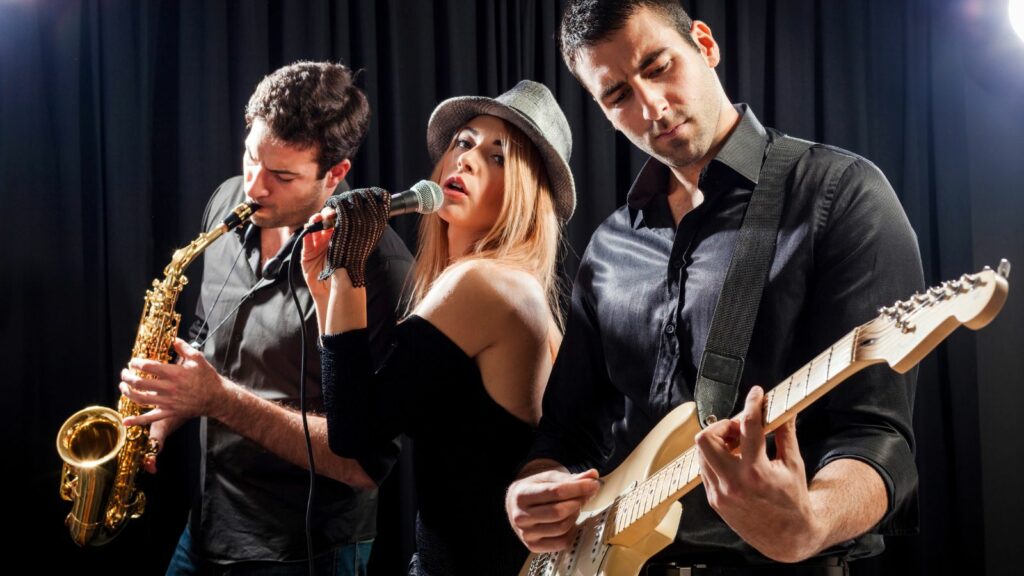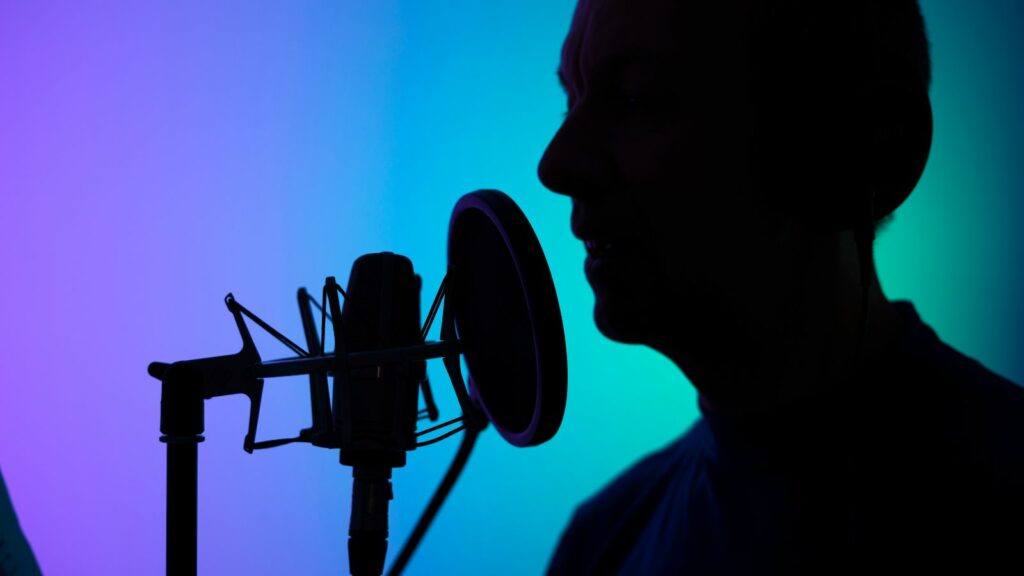Imagine a world without music. It’s hard, isn’t it? Music is an integral part of our lives, a universal language that transcends borders and cultures. But have you ever stopped to wonder when did music start. When did humans first start creating these melodious sounds that we’ve come to know as music?
When Did Music Start

Tracing when did music start presents a fascinating adventure back in time, revealing milestones in human cultural and cognitive evolution. This retrospective of music’s roots illuminates how our ancestors utilized sounds and rhythms to foster connection, coordination, and communication.
Archaeologists uncovered relevant artifacts like bone flutes and percussion instruments that establish music’s deep-seated roots in human culture. Examples include the flutes discovered in Germany’s Swabian Jura region, estimated to be 43,000 years old, or the mammoth ivory and bird bone flutes discovered in the Geißenklösterle cave, which archaeologists date back to the Paleolithic era. Additionally, percussion instruments, like stones and sticks, dating back tens of thousands of years, found across various prehistoric sites across the globe, underscore the universality of music among early humans.
The archaeological evidence elucidates the significance of music in early civilizations—they didn’t simply enjoy it, they crafted intricate tools to create it.
The Evolution of Music Through Ages
From Basic Sounds to Complex Melodies
Venturing back about 50,000 years, music had humble origins. It started as simple rhythms; early humans produced these by striking stones or sticks together, as reported by archaeologists. Primitive bone flutes, found in places such as Hohle Fels, Germany, exemplify these early melodious endeavors. Signs of gradual melodic sophistication emerge as cultures advanced. For instance, Sumerians incorporated harmony in hymns by 3400 BC.
Leaping ahead to 6th Century BC, Pythagoras, a Greek mathematician, shed light on musical scales. His discovery of harmonic intervals played a pivotal role in music’s evolution.
Music as a Means of Communication
As music progressed, it triumphs as not only an artistic expression but also a pivotal communication tool. Ancient civilizations, such as the Egyptians and the Greeks, incorporated music in religious rituals and public gatherings. They believed that music heightened their connection with the divine. Ancient Chinese philosophy embellishes this notion, viewing music as a medium to harmonize the cosmos.

Moreover, indigenous tribes used music as a means of encapsulating histories and traditions, entrusting these to the younger generations orally. Thus, music became a voice for these cultures. This practice persists in numerous tribal communities, such as the Aboriginal tribes in Australia and the Native American tribes.
The romantic era transcends, as the concept of program music becomes widespread. Composers such as Beethoven and Liszt start embedding stories and emotions within their compositions. Their pieces narrated tales of love, adventures, and tragedies without uttering a single word. This accountable shift suggests that music had become a complex, eloquent language in its own right.
Early Musical Instruments

Nature greatly influenced the development of early musical instruments. Early humans, inspired by the rhythmic sounds of bird calls, rustling leaves, and the flow of rivers, attempted to replicate these melodies. Initial instruments took the form of synthesized materials from the environment. They transformed fallen tree branches into drumsticks and hollowed logs into resonating chambers. Even simple stones found a purpose in creating rhythmic clicks or resonance when struck against surfaces.
The honors for the oldest known musical instruments go to a pair of flutes discovered in Geissenklösterle Cave, Germany. Made from bird bone and mammoth ivory, these flutes date back an astonishing 43,000 to 82,000 years, as claimed by archaeologists. Alongside these, another significant ancient instrument is the ‘Divje Babe Flute,’ discovered in Slovenia and estimated to be 60,000 years old. Considered the world’s oldest known musical instrument, it’s made from a bear femur, punctured with carefully placed holes.
Expression Emotions
When did music start, as we’ve discovered, is a fascinating tale of human evolution, creativity, and connection. From the first bone flutes to the symphonies of Beethoven, it’s been a means of communication, a tool for survival, and an expression of our deepest emotions. The cave paintings and ancient instruments unearthed by archaeologists remind us that music’s roots run deep, going back tens of thousands of years.

